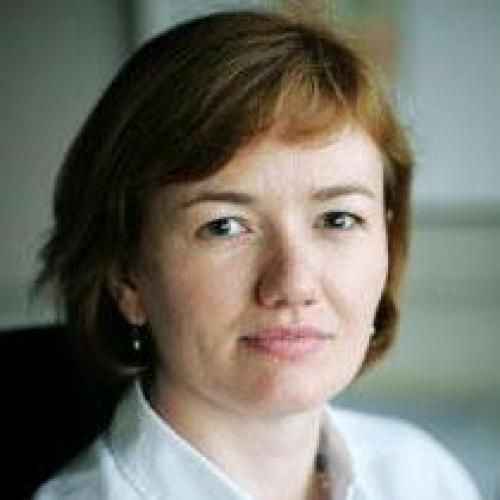
Transfusion-related biologic effects and free hemoglobin, heme, and iron.
BACKGROUND: Red blood cell (RBC) transfusion is common in intensive care unit (ICU) patients and is associated with complications that appear related to the duration of blood storage. We hypothesize that hemolysis of stored RBCs results in increases in the availability of non-heme-bound iron, which inhibits macrophage activation. STUDY DESIGN AND METHODS: RBCs were sampled at multiple time points to evaluate hemolysis and iron release. Activation of THP-1 monocytic cells was assessed in the presence of plasma from aged RBCs. Age of transfused blood in our pediatric intensive care unit (PICU) from 2001 to 2006 was analyzed to assess relevance to our patient population. RESULTS: Hemolysis increased significantly during storage time as demonstrated by increases in free heme and hemoglobin. While there was a trend toward elevated levels of non-heme-bound iron, this was not significant (p = 0.07). THP-1 cell activation was inhibited by exposures to both plasma and a ferric compound; the effect of plasma on macrophage activation was not reversed by the iron chelator desferroxamine. Thirty-one percent of our PICU patients received blood older than 2 weeks. CONCLUSION: Hemolysis products increased significantly over time in our stored RBCs. Ferric compounds and plasma from stored blood inhibit THP-1 cell activation. Plasma inhibition does not appear to be due primarily to increased iron. Further studies are needed to define the inhibitory effect of stored blood plasma on macrophage function. Complications related to blood storage are relevant to our PICU patients.
Duke Scholars
Published In
DOI
EISSN
Publication Date
Volume
Issue
Start / End Page
Location
Related Subject Headings
- Time Factors
- Macrophage Activation
- Linear Models
- Iron
- Intensive Care Units, Pediatric
- Humans
- Hemolysis
- Hemoglobins
- Heme
- Erythrocytes
Citation

Published In
DOI
EISSN
Publication Date
Volume
Issue
Start / End Page
Location
Related Subject Headings
- Time Factors
- Macrophage Activation
- Linear Models
- Iron
- Intensive Care Units, Pediatric
- Humans
- Hemolysis
- Hemoglobins
- Heme
- Erythrocytes


